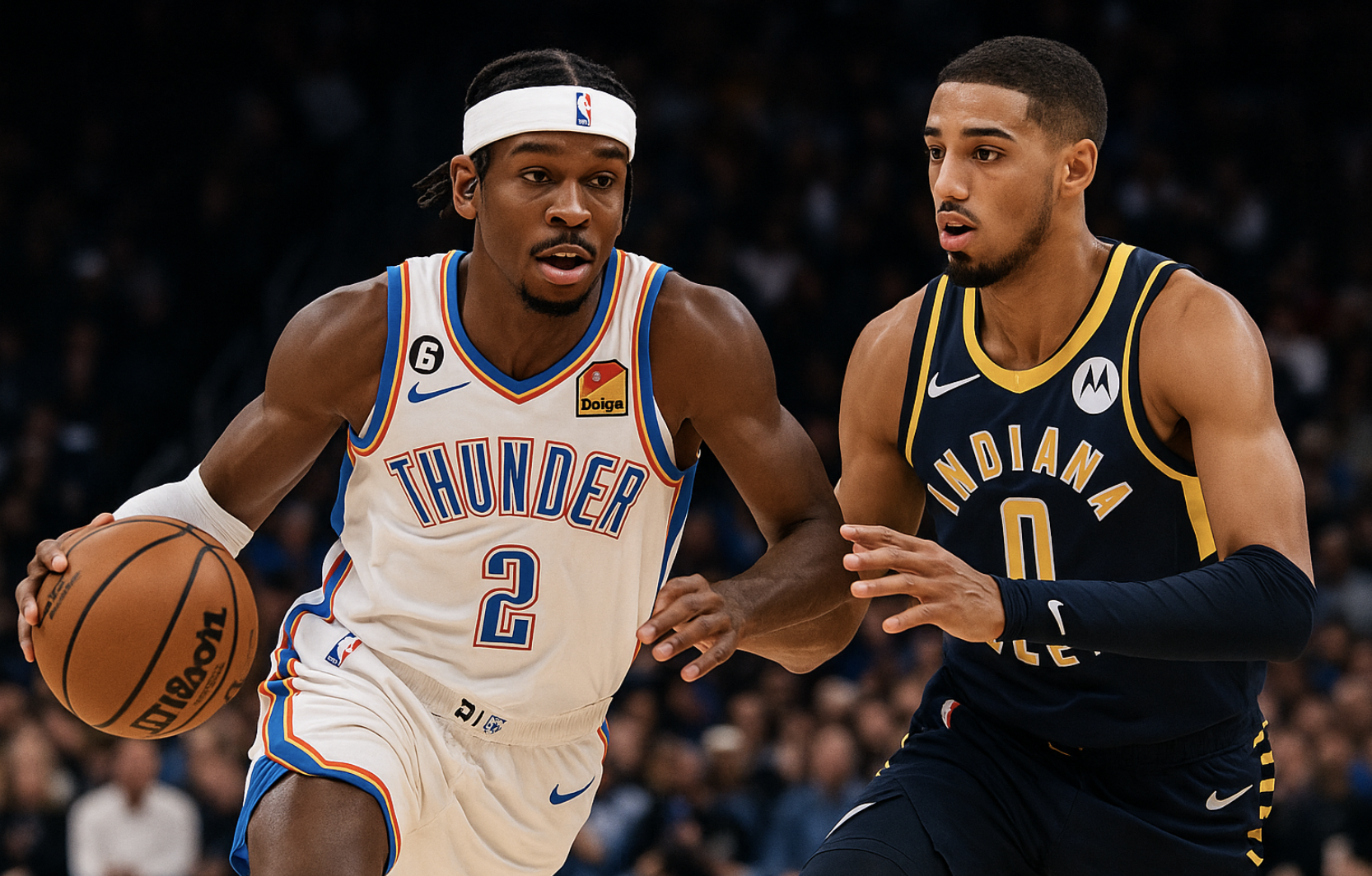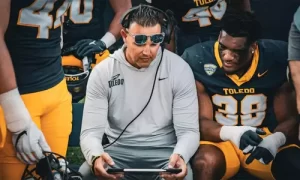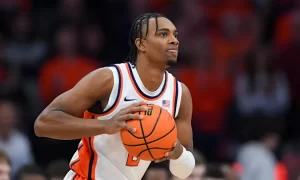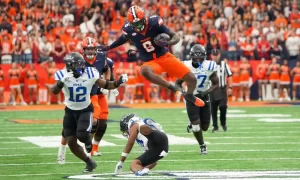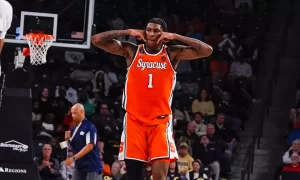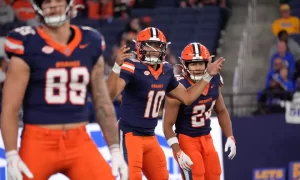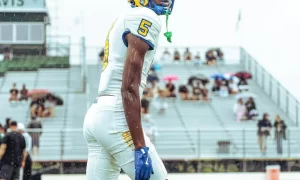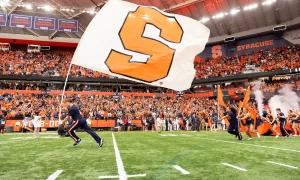There was a time when point guards stuck to the script. Bring the ball up, feed the bigs, and avoid turnovers. They were the behind-the-scenes men of the game–smart, steady, a pass ahead of time. Think Mark Jackson, Maurice Cheeks, or early-era Stockton. Minimal flash. Maximum control.
That mold cracked years ago. Today’s point guards don’t just orchestrate—they attack. They pull up from 30 feet, break down defenders in isolation, and close games like superstars. The position has morphed from behind-the-scenes conductor to front-stage headliner. It is a revolution brought on by rule changes, analytics, culture, and a generation that grew up with highlight tapes rather than VHS-based playbooks.
From Distributor to Creator
Back then, the job was simple: set up others. The guards rarely dominated the scoreboard. Their reputations were built on assists, not shots taken. But the early 2000s changed that. Allen Iverson, though technically a two-guard, showed what a high-usage, ball-dominant guard could do. Then came Marbury, Francis, Paul, and eventually Westbrook, each pushing the boundary further.
By the time scoring guards like Kyrie Irving and Steph Curry entered the league, the line between point and shooting guard had nearly vanished. This shift in expectations didn’t go unnoticed in fan-driven spaces. In fact, performance platforms such as Melbet increasingly featured guards at the center of both stat tracking and user attention. When a team’s leading scorer and primary playmaker are the same guy, the spotlight—and the pressure—naturally shift toward the one.
Statistical Snapshot: Then vs. Now
Examine the top point guards of various decades to get the point in hard figures, and examine how the position of the top point guards has evolved. The development is evident.
| Era | Avg. PPG (Top 5 PGs) | Avg. APG | 3PA per Game | Usage % |
| 1995 | 15.3 | 8.2 | 1.8 | 20.1% |
| 2005 | 17.9 | 7.1 | 2.7 | 23.4% |
| 2015 | 21.6 | 6.4 | 5.9 | 27.2% |
| 2024 | 24.1 | 6.7 | 7.4 | 29.8% |
Across the board: more scoring, more threes, more usage. Passing remains important—but it’s no longer the defining feature.
The Social Game and the Rise of the Showman
These days, numbers aren’t the only thing changing basketball; social media has a huge voice, too. Fans scroll, tweet, and post highlights before the final buzzer even sounds, so what they see online shapes what they want to see in the arena. Modern point guards aren’t asked just to set the pace of a game anymore; they’re also expected to set fire to a timeline.
When Steph Curry started pulling up from the logo, the game tilted on its axis. Defenses had to stretch, coaches had to rethink, and the identity of a “classic” point guard went out the window. Now, a rookie who once would have heard “that’s too far” from the bench is given the green light to launch a 30-footer in transition. Highlight culture moved from the late-night show to the palm of your hand, and it quickly turned into a marketing rocket. Platforms like Melbet Facebook let users share, comment, and remix jaw-dropping plays, almost all of them performed by speedy guards. In that high-speed feed, players who can shoot, shimmy, and showboat don’t just get likes; they get lifted to another level.
Traits That Define the Modern Point Guard
To lead from the point today, a player needs more than vision and handles. The modern archetype demands versatility and volume.
Here are the skills that define the position now:
- Shot creation – Off the dribble, off screens, off movement.
- Dynamic playmaking – Creating not just assists but advantages.
- Scoring under pressure – Think floaters, step-backs, mid-air improvisation.
- Pace control – Slowing down chaos or speeding up hesitation.
- Defensive resilience – Must handle mismatches and fight through switches.
The competencies are not optional anymore; they are minimum requirements.
Real-World Example: The New Blueprint
Take Shai Gilgeous-Alexander. In 2024, he averaged over 31 points while also serving as Oklahoma City’s primary ball handler and closer. His style isn’t flashy, but it’s surgical—changing speeds, punishing mismatches, and finishing through contact. He represents the new wave: not a pass-first purist, not a shoot-first gunner—just relentless efficiency.
Or look at Tyrese Haliburton in Indiana. His game blends high IQ with pace and off-the-dribble shooting. He controls possessions like a vet but scores like a star. These players aren’t anomalies. They’re prototypes.
That model showed up again during the 2025 NBA All-Star Weekend in San Francisco, where Haliburton dropped 18 assists in the Skills Challenge and ran the East offense with surgical precision during the main event. Meanwhile, Cleveland’s Darius Garland returned from injury late in the season and immediately re-established himself as one of the league’s most efficient initiators, averaging 9.6 assists post-All-Star break while shooting 40% from deep. These aren’t just strong individual seasons—they’re proof that the modern point guard blueprint is already the standard.
How Training and Development Evolved
What’s happening on the floor starts long before a player reaches the NBA. The way young guards are developed has fundamentally changed. Trainers now prioritize decision-making in motion, off-balance shooting, and high-tempo reads over traditional set plays.
Here’s what current guard development often includes:
- Step-back and sidestep shooting – Creating space against elite defenders.
- Short-roll reading drills – Anticipating coverage adjustments.
- Game-speed pick-and-roll reps – With rotating help, not cones.
- Advanced body control work – Finishing through awkward angles.
- On-ball defense simulation – Prepping for physical, switch-heavy schemes.
The result? Players who enter the league are not just ready to handle the ball, but ready to run entire offenses.
What Comes Next?
The point guard of tomorrow might look even more extreme. Shooters will pull from deeper. Usage rates may climb. Playmaking may continue to shift from structured assists to spontaneous creation. And as analytics continue to evolve, the value of efficient, ball-dominant guards will only increase.
At the same time, there’s room for correction. As teams seek balance, a new respect may return for the pure facilitator. But even then, it won’t be the old version. It’ll be someone who can dish 10 assists and hit five threes in the same game.
Because in today’s NBA, the point guard isn’t just the guy who brings the ball up the floor. He’s the offense, the system, and often, the identity of the team.


